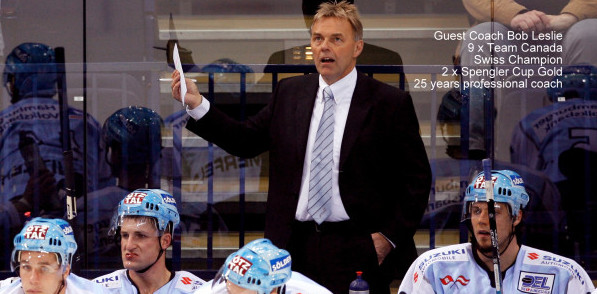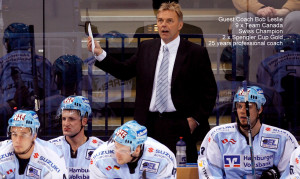I love getting questions from the coaches we help. Today’s post is inspired by a post in our How to Play Hockey Facebook Group, from a Midget coach in Quebec. Coast to coast, youth coaches new to the bench face the same challenges. Naturally this will just scratch the surface, but here are some simple but often forgotten bench management tips for youth hockey coaches.
1) Teach the players on the bench.
- It is exhausting and overwhelming for everyone if the coach spends the game yelling at the play on the ice, and trying to manage players ice, and teach all at the same time.
- Let the kids on the ice play, using only short keywords if you decide to communicate with them on ice.
- Spend most of your time connecting and sharing insight to the kids on the bench. Use a coach board to do this.
2) Teach your players when to change.
- Most goals are scored after 45 seconds of a shift because someone gets tired and makes a mental or physical mistake.
- Players should change just before they get tired (not once they are already tired), while the puck is moving in the offensive direction, and is past the neutral zone entering offensive zone (low risk time to change).
- Young players always seem to want to take the first player off, when they are next to the door. This will add confusion. Each player should know who his/her ‘man’ is so that all positions stay filled.
3) Discourage them from changing all at once.
- Opportunities for a wholesale change can certainly happen in a game and that is all good. But most of the time, changes happen on the fly during the play, and changing all at once can leave you vulnerable for obvious reasons. Both D, all 3 F’s, or all 5 players changing at once often results in bad things happening!
- D should try to change one at a time, unless they are 100% they can make a safe change of course. More specifically, the new D coming on the ice should try to get a switch and cover the far side, allowing the more tired D to get closer to the bench, increasing his/her opportunity to change without risk.
- Forwards should normally change max 2 at a time, with the 3rd F making sure there are no bad turnovers. That said, they definitely need to have a feel of the game so they change ‘close’ to one another, preventing your lines from getting out of sync.







